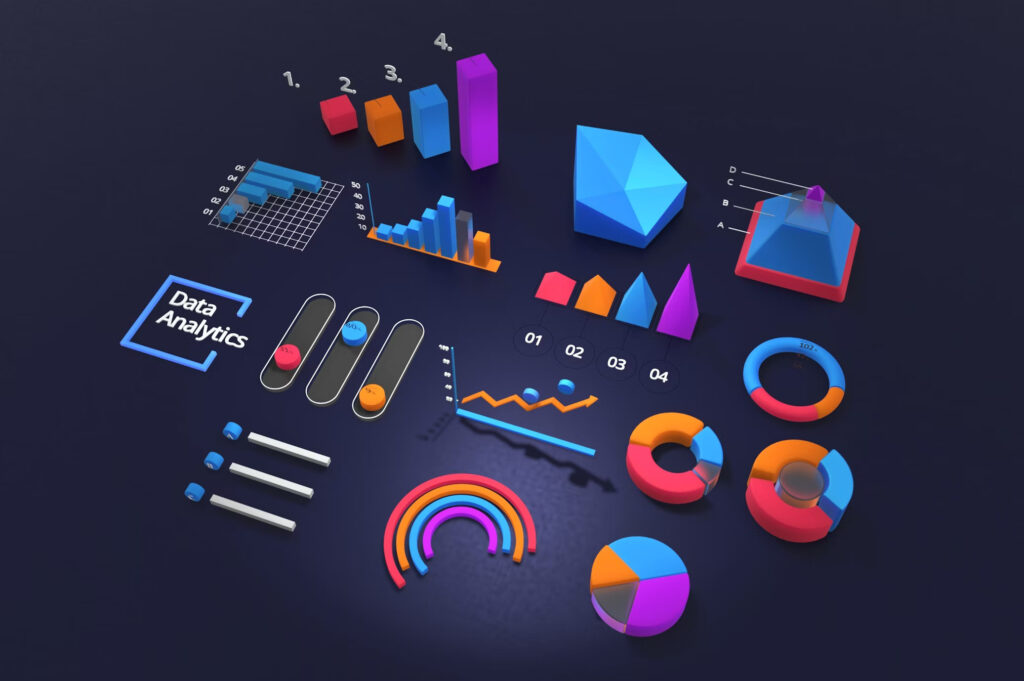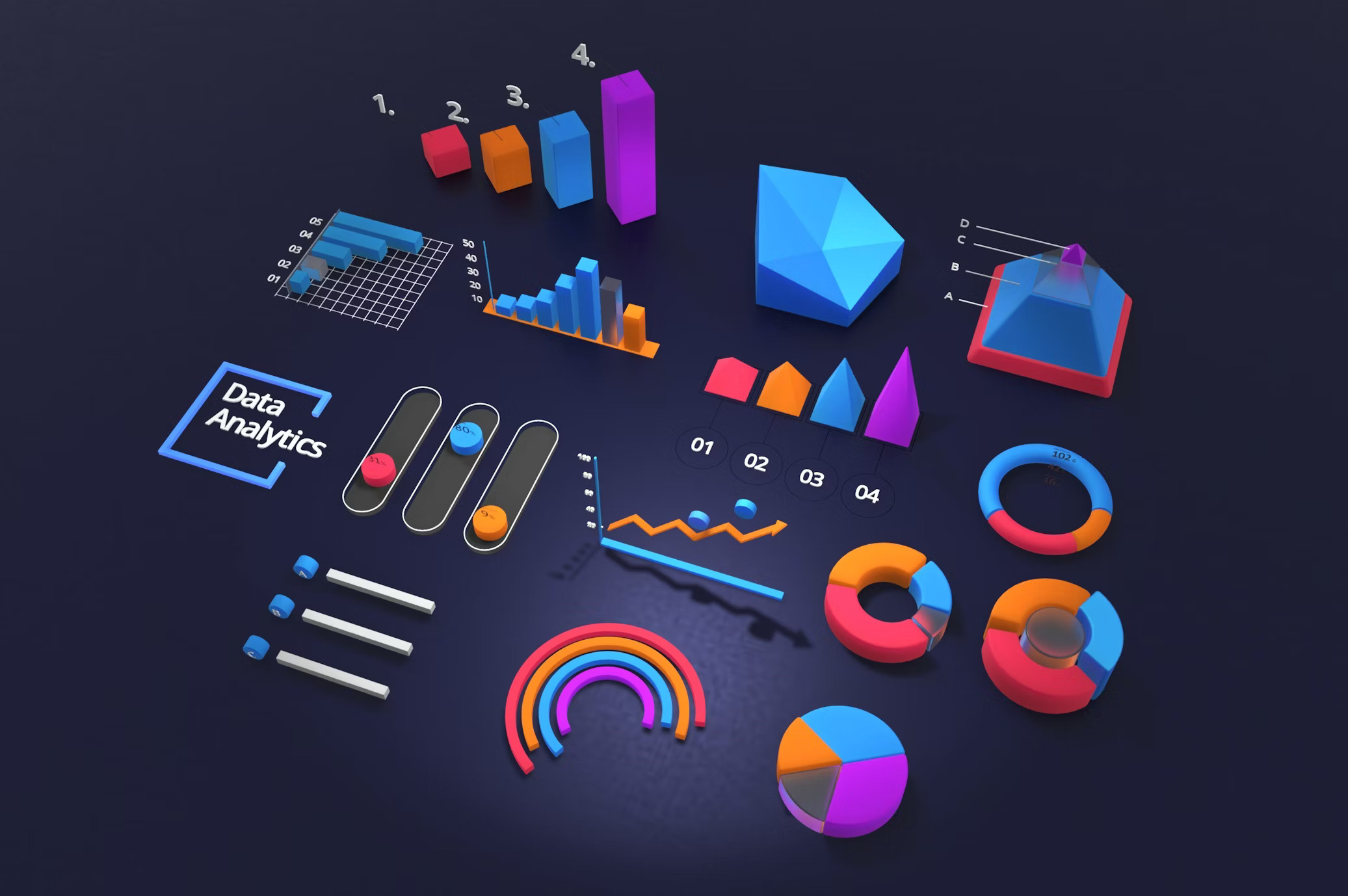Over 72% of HR managers have seen an improvement in their HR operations thanks to data analytics. According to NASSCOM, companies use HR analytics to bolster employee retention and workforce planning operations.
Across India, leaders are increasingly relying on the insights provided by proper data analysis. From understanding performance-affecting factors to gauging the effectiveness of different policies, data analysis has become an invaluable tool.
Within HR, data analytics involves collecting and analysing workforce data to optimise business decisions. The insights revolve around answering the what, why, when, and how of HR operations.
Accessibility to data analytics tools is increasing daily. This leaves leaders asking themselves a major question: Is data analytics in HR worth the hype?
Data analytics for recruitment
In a 2025 survey, LinkedIn highlighted that 61% of talent acquisition specialists believe that using AI-driven data analytics can increase their quality of hire. Using insights provided by data analytics, companies have been improving the quality of their talent acquisition process significantly.
But how exactly can data analysis help in creating efficient recruitment strategies? It all boils down to the “prediction” part of data analysis.
Using modern analysis tools, company leaders can:
- Learn more about future hiring needs and much more
- Ensure that the candidate they select is a suitable match for the desired profile
- Create an effective workforce plan centred around present and future needs
Data analytics can highlight the existing skills of employees that might be underutilised. It can also point out areas needing more attention to optimise the company’s performance.
Attrition management with data analytics
Data analytics can help companies reduce their attrition rates and increase employee retention. Through data-backed prediction, leaders can learn which employees might leave soon and why.
In multiple real-life instances, data analytics has helped companies reduce the number of departing employees. According to McKinsey and Company, the use of people analytics can lead to a 50% decrease in attrition rates.
The number highlights the significance of data-driven decisions for effectively retaining employees. This process allows a company to keep valuable employees without increasing its skill gap.
With data analytics, leaders can identify the reasons that might prompt someone to leave and take steps accordingly.
Are employees willing to stay for better upskilling programs? Are they dissatisfied with their compensation? When used strategically, data analytics can help identify and mitigate these issues.
Numbers and employee engagement
Any seasoned HR professional will be happy to tell you just how important employee satisfaction is to performance optimisation. With data analytics, these claims have numerical backing that can’t be easily denied.
In an interview with SHRM, Prasad Setty, the Vice President of Digital Work Experience and former Vice President of People Operations at Google, shared that the company uses data to drive people, culture, and organisational strategies.
“The analytics group brings the science, behavioral economics and insights needed to make meaningful decisions. The compensation, benefits and performance management groups bring the key business problems we needed to address,” Setty explained.
The connection between the use of data analytics and an increase in productivity is just another reason why leaders need to utilise the technology to its maximum efficiency. Through data analytics, leaders can:
- Learn about factors that are and are not crucial to employee satisfaction
- Evaluate the effectiveness of the implemented employee engagement policies
- Identify burnout risk preemptively and take measures to address it
Using data analytics, it is easy to keep track of the factors that affect employee morale to what degree. Is hazard pay important to those working in the tech industry? Is working from the office more productive than working from home?
These are just some of the many questions that can be answered through proper analysis of data.
The necessity of data analytics
With all the advantages of data analytics in HR, the technology is no longer optional for those leaders who want their company to thrive in India. With each passing day, it is becoming more and more imperative to invest in the development of their talent in a significant manner.
It has become clear that companies using data-driven strategies for hiring, retention, and employee satisfaction have started to outperform their competitors, and the rise is likely to continue exponentially. Using measurable figures to make employee-centred decisions allows leaders to ensure the effectiveness of their strategies.
With the actionable insights provided by data analytics, the need to remain on top of one’s company’s numbers is significant. With each passing day, data is being used in new and fascinating ways that provide unique insights, and a good leader can hardly afford to let such a tool go to waste.






